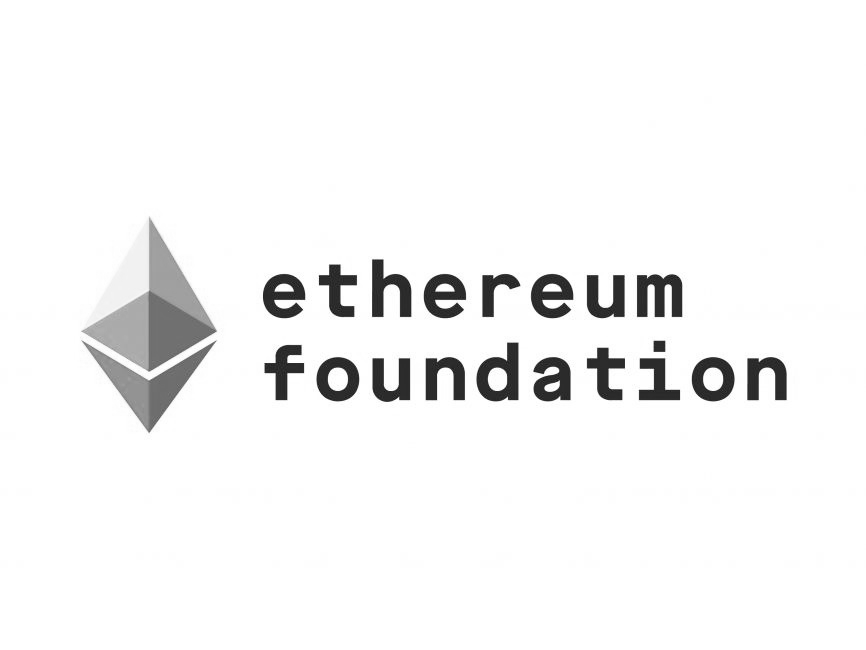Interweaving everything, everywhere, all at once
Fabriq is a counterparty discovery, orchestration, settlement and asset issuance protocol for a chain-transcending world. Fabriq enables seemless interconnectivity, scalability, and liquidity for applications, building the world of universal fungibility.




